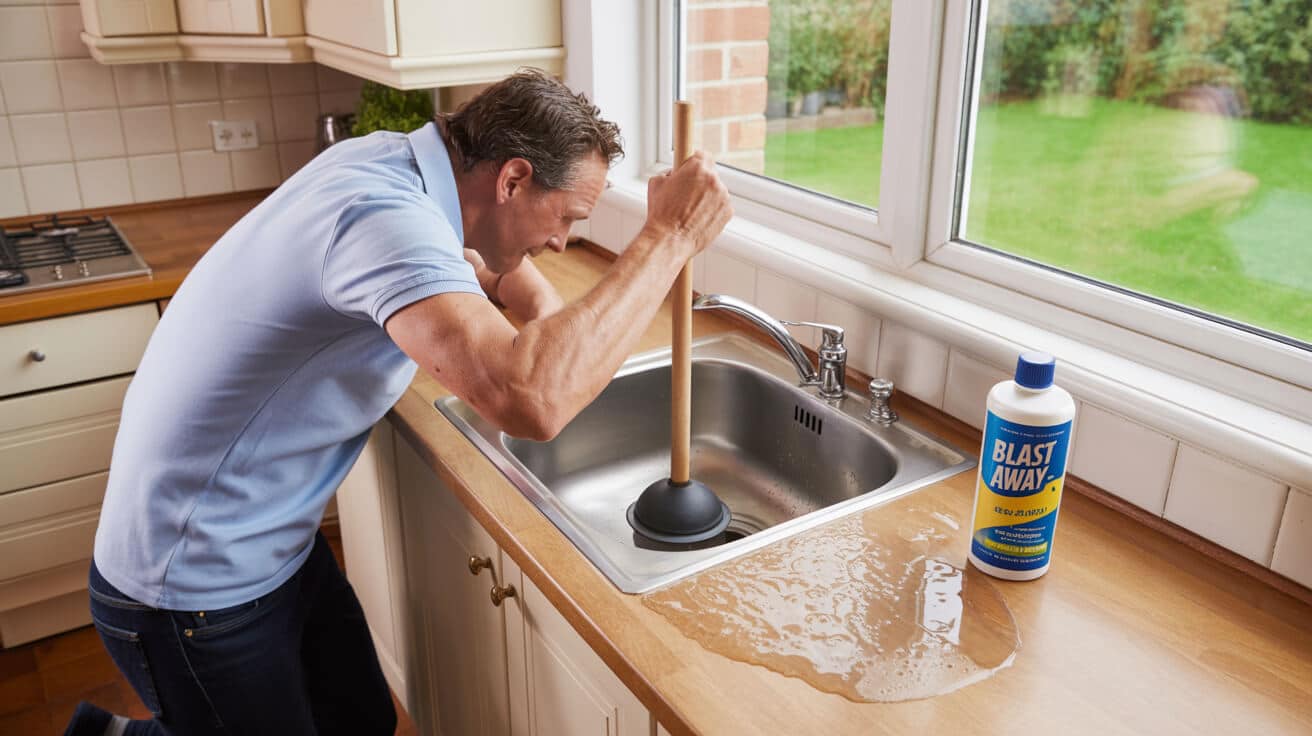 Step by Step Electrical Safety Checks for Heating (part P)
Step by Step Electrical Safety Checks for Heating (part P)
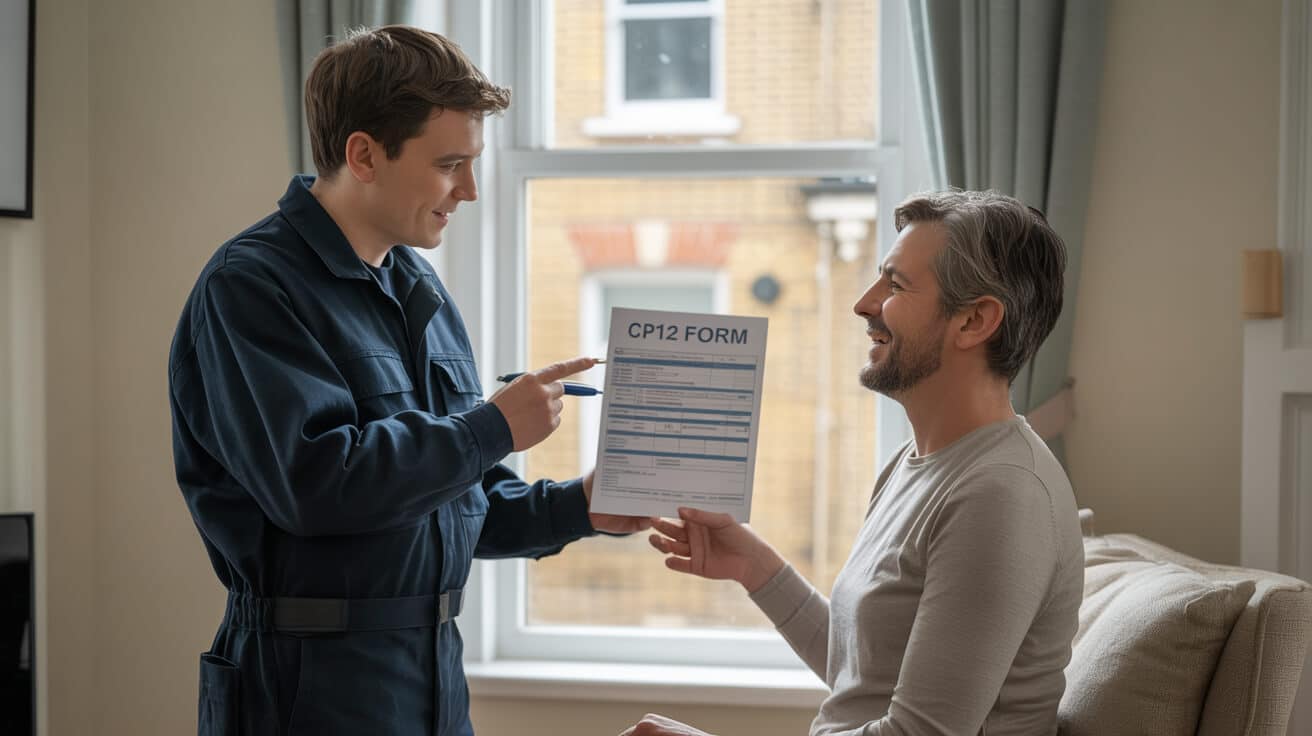
Why Electrical Safety Checks for Heating Are Non-Negotiable for Property Owners and Managers
You might never see a fault until you’re holding a compliance letter, a rejected insurance claim, or a slow-moving sale. Every heating system—boilers, underfloor loops, stat panels, and their hidden cables—is only as safe as its electrics, and those are often out of sight and out of mind. When trouble strikes, no excuse—size of job, good intentions, or verbal promises—will satisfy a surveyor, buyer, or insurer demanding real, certified proof of safety. If you’re responsible for property, skipping electrical safety checks isn’t a risk; it’s an open invitation to serious financial and reputational hits.
Compliance isn’t bureaucracy—it’s the backbone of a safe and saleable property.
Building Regulations Part P isn’t just a technical standard tucked away in law books. It governs every aspect of how property portals, letting agents, lenders, and warranty providers evaluate your asset. A missed certificate, botched DIY, or undocumented job can halt transactions, void insurance, or put your rental income in the crosshairs. The sharpest property owners and managers stay ahead by making compliance evidence non-negotiable—not to satisfy bureaucrats, but to bulletproof their position and instil real trust with every stakeholder.
If you’re ever challenged—by a surveyor, freeholder, or insurer—you either produce documentation or you open your wallet. It’s proof, not promises, that protects your interests.
Protecting Your Property’s Value and Your Position
Electrical safety isn’t invisible when you’re negotiating. It’s material, real, and first on the agenda whenever money, people, or liability is involved.
- Insurers will refuse claims or hike premiums if you lack up-to-date certificates.
- Buyers and surveyors treat missing paperwork as a walkaway signal or a price-cutting tool.
- Agents and councils require documentation to keep properties operational and legal.
- Tenants have legal recourse and can force repairs if their safety is at risk.
Every time you insist on a documented safety check, you strengthen your asset—and your reputation. That’s the difference between scrambling at audit time and sailing through with confidence.
What Heating-Related Electrical Works Must Be Certified Under Part P?

Plenty of property owners and even trades sometimes underestimate the reach of Part P regulations. It’s not about the size of a repair—the real issues are what was touched, where, and who signed off.
It’s rarely the job’s size but always its context: bathrooms, fuseboards, and all new circuits demand certified paperwork.
Heating and Electrical Works That Must Be Certified
- New circuits: for boilers, heat pumps, electric radiators, or underfloor heating.
- Upgrading or replacing consumer units (fuseboards), even like-for-like swaps.
- Any electrical works in “special locations”—bathrooms, kitchens, wet rooms, or outdoors.
- New controls or stats in places where water, moisture, or humidity can reach wiring.
- Changing or upgrading equipment that alters circuit loading or safety features.
Jobs That Might Avoid Notification—But Never Skip Safety
- Plug-in thermostats and timers outside special locations.
- Swapping like-for-like fuses away from wet zones.
Many property disasters stem from jobs wrongly assumed to be low risk or not notifiable. Hindsight won’t save you from legal action or financial pain. When uncertain, check with a Competent Person Scheme (e.g., NICEIC, NAPIT), or consult a fully registered electrician. The small upfront cost is nothing compared to retrospective compliance work.
Special Locations: Why Bathrooms and Outdoor Spaces Tighten the Rules
As soon as you cross into a bathroom, kitchen, or garden—especially in flats, HMOs, or commercial blocks—the rules tighten. Organisations and insurers often demand certificates for every change, even if the work “seemed minor.” If you’re managing several tenants, handling agent instructions, or have a block portfolio, this paperwork is non-negotiable.
The Hidden Dangers of DIY or Non-Documented Heating Electrical Work
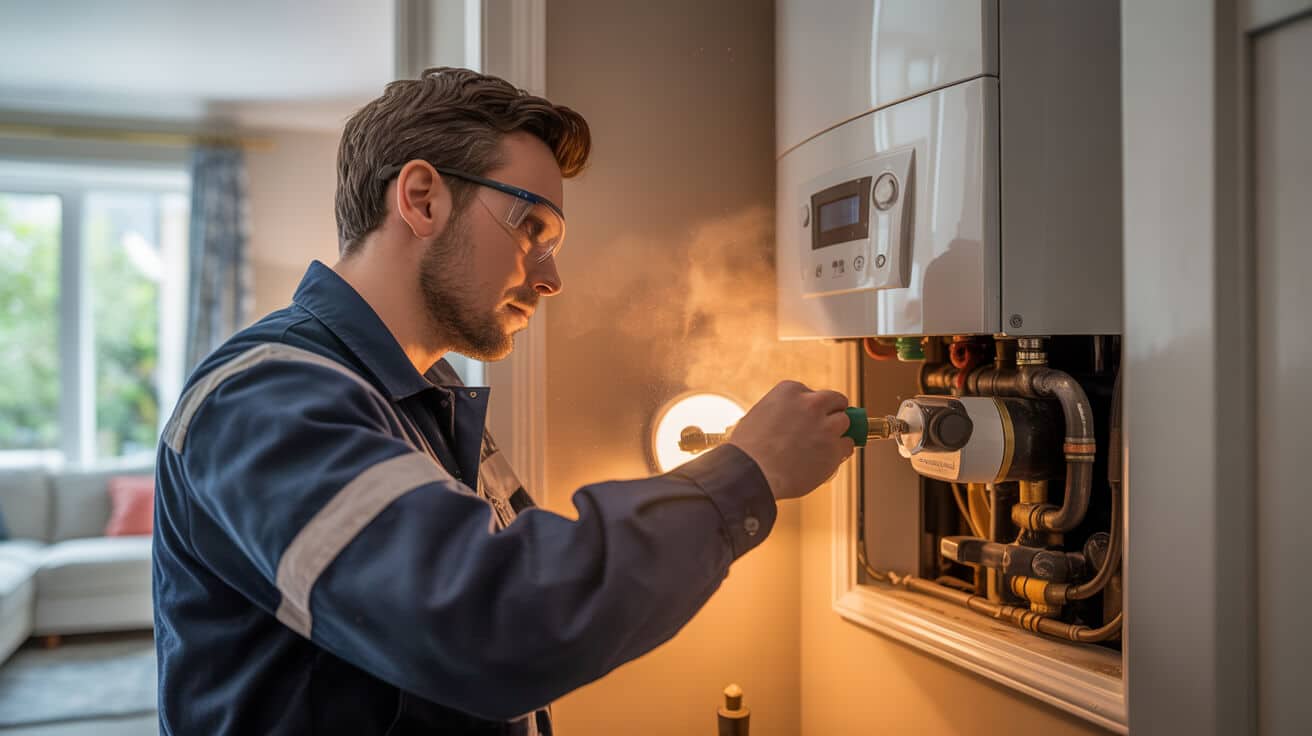
Unseen errors—dodgy joints behind bath panels, thermostat wires jammed in next to legacy controls—are the root cause of most costly compliance failures. If you can’t trace the hand that did the job, you can’t defend the result.
What you can’t show on paper is what can delay your sale or damage your reputation.
A true electrical safety check breathes beyond a basic inspection. A qualified engineer will:
- Confirm system isolation, not just at the spur but at the consumer unit.
- Test for proper earthing, safe cable runs, and RCD protection.
- Audit every connection, old and new, to current regulations—no “grandfather rights” loopholes.
- Label and document every alteration for future fault-finding or resale.
A lack of paperwork leads to:
- Building Control demanding invasive, sometimes destructive reinspection.
- Insurers voiding claims tied to untraceable work.
- Sales and lettings delayed for months over documentation disputes.
- Tenancy licencing issues, including fines or the threat of repossession for non-compliance.
A shortcut today means a compliance time-bomb tomorrow.
Why Professional Oversight Multiplies Peace of Mind
With more units, more tenants, and more stakeholders comes a bigger compliance target. Even the smallest undocumented control or junction box can bring a whole building’s records into question. Landlords, agents, and property managers must lead by example—because modern enforcement is digitally joined up, and authorities no longer tolerate thresholds of ignorance.
The Step-by-Step Electrical Safety Check: What a Heating Compliance Pro Really Does

A proper electrical safety check for heating isn’t a glance or a checklist—it’s a process. The right professionals follow this system each time:
- Isolate at Source – Mains power is cut, then proven dead with a certified tester.
- Legal Evaluation – Every job is triaged for Part P notification. New circuits, wet zones, or consumer unit work mean automatic notification.
- Visual and Instrumental Survey – Worn sheaths, DIY “extras,” insulation faults, and circuit polarity are checked with calibrated metres.
- Component Verification – All parts (wiring, RCD/RCBOs, spurs) are BS7671:2018 compliant; zone 1-2 get IP44 or better.
- Labelling and User Instruction – Each circuit is marked and explained. Clear guides for next users or tenants are compulsory.
- Functional Testing & Certification – From earth loop impedance to RCD trip times, everything must pass instrumented testing before any certificate is issued.
| Stage | What It Achieves | Your Real-World Benefit |
|---|---|---|
| Isolation | Eliminates shock risk | Safety and legal defence |
| Legal Check | Stops non-compliance early | Avoids fines, project disruption |
| Inspection | Catches time-bomb faults | Prevents failed audits or fires |
| Approval Parts | Confirms up-to-date safety | Preserves warranty, lowers insurance |
| User Docs | Aids future repairs/resale | Speeds up future sales/service |
| Test + Certify | Leaves you legally protected | Powers stress-free transactions |
Skip a single step and your paperwork—and protection—evaporate.
Who Needs What—And How Fast?
| Stakeholder | What They Demand |
|---|---|
| Owners/Sellers | EIC/MWC, current instructions |
| Landlords/Agents | All certificates up to date |
| Insurers/Lenders | Site-wide compliance, easy audit |
| Buyers/Tenants | Handover guide, visible labels |
Every stakeholder expects you to be ahead—not scrambling for paperwork at crunch time.
Only Registered Electricians and Engineers Can Certify Properly—No Exceptions

If you’re ever tempted by a too-low quote, test this: Ask for credentials. Only NICEIC, NAPIT, or other scheme-approved professionals can self-certify and notify where it matters. If you use a “friend of a friend,” or any unregistered tradesperson, you lose not just legal protection but financial protection as well.
If your tradesperson can’t show a card, your asset’s at risk—no exceptions.
- Insurance policies become void with a single non-certified alteration.
- Property transactions freeze—the buyer’s lender or surveyor will demand all the paperwork, or the deal stalls.
- Agents and councils can strip rentals of their licences over missing or dubious paperwork.
- Manufacturers refuse claims instantly if a certificate is absent or improper.
If you can’t reverse-trace the installer, you become the responsible party—by law, and in the eyes of every future stakeholder. Credentials aren’t a formality; they’re your real safety net.
Using Professional Proof to Strengthen Your Position
Registering your compliance is how you show lenders, buyers, and tenants you manage risks before trouble hits. Audit-proof records are the difference between fast contract signatures and drawn-out back-and-forths. With up-to-date certificates, you lead every conversation—never defending your diligence, always proving it.
How to Keep Your Compliance Records Ready—And Always Leverageable
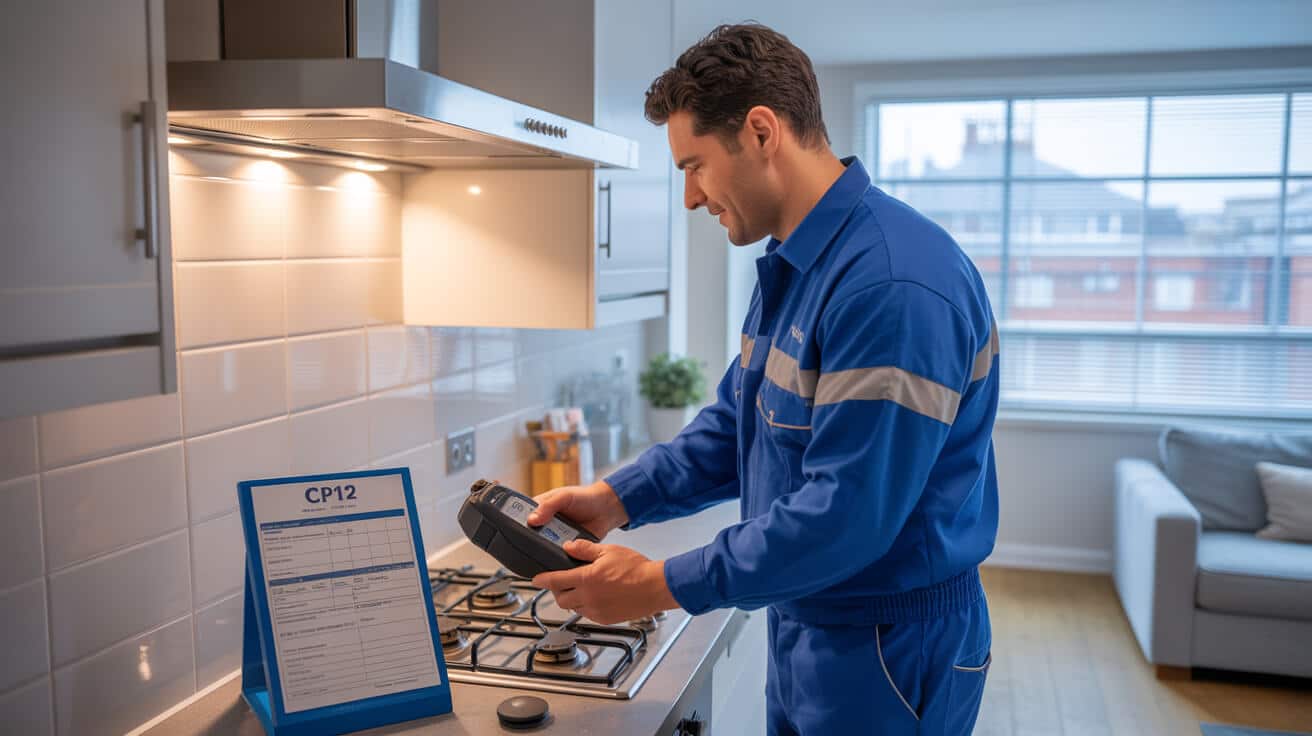
It’s not enough to just have documentation—you have to be able to find and prove it at any time. If a sale, audit, insurance claim, or regulatory review arises, a missing certificate is a deal-breaker.
A missing EIC is more than a gap—it’s a ticking liability that grows unchallenged.
Best practices to bulletproof your compliance records:
- Digitally store every certificate (cloud folder, property CRM, or facilities app).
- Scan and save new certificates and work logs the same day you receive them.
- Attach any grants, manufacturer warranties, or insurance docs directly to relevant compliance files.
- Set renewal and reinspection dates with digital alerts.
- For property managers/block agents: adopt specialist software that links addresses to a digital certificate trail, triggering alerts before due dates.
Pro tip: Physical certificates can get lost; a digital archive with backup is the only way to guarantee instant access and real leverage for years to come.
The Hand-Off: Smooth Handover to New Owners or Residents
Properties—and tenants—change hands. Tie user guides and key compliance info directly to visible system elements, leave digital copies for the new owner/agent, and make sure every future repairer (or insurer) can see the audit trail clearly. That’s peace of mind, and it’s how serious managers boost portfolio value.
The Price of Ignoring Electrical Compliance for Heating—And How Fast the Bill Grows

Some owners roll the dice, trusting luck or old paperwork. Yet the costs of non-compliance are compound and escalate with every stakeholder who discovers a problem.
- Insurance is refused or claims denied—especially after a fault traced to unregistered work.
- Sales delayed or lost when mortgage lenders refuse risk without certifications.
- Tenancy incomes at risk as agents or councils revoke operating licences.
- Expensive, invasive Building Control re-inspections—potentially damaging finishes or requiring new wiring.
- Warranties are voided; you pay full price when the heating or controls fail.
- Fines escalate as regulations tighten, especially in multi-unit blocks or commercial portfolios.
The paperwork you skip today is the hurdle you trip over when it matters most.
Losing control of compliance doesn’t just damage the property. It erodes your standing with every party that matters.
Book Certified Heating Electrical Safety Checks with Plumbers 4U—For Genuine Peace of Mind
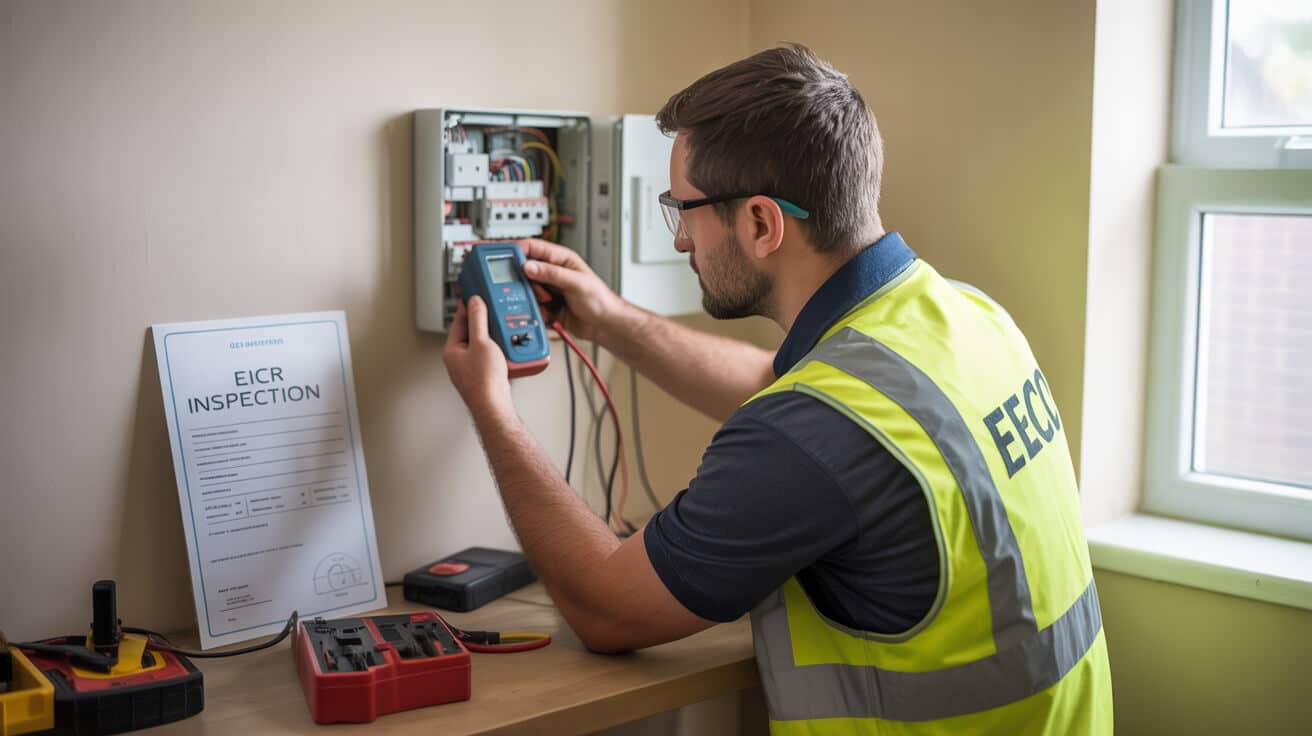
If you want every stakeholder—buyers, tenants, insurers—to see you as diligent and reliable, it’s time to make checks the rule, not the exception. Plumbers 4U delivers WRAS-approved, WaterSafe registered, NICEIC and NAPIT-accredited engineers who know the regs and provide fully traceable paperwork for every job, big or small.
Certified work today means no panic tomorrow—protection for years, not just the next inspection.
Our process guarantees:
- Every heating system installation or upgrade is certified to the highest UK standards.
- User handover is built in—labels, guides, and a live demo, always in plain English.
- Every quote is line-by-line, so you always see the real cost—no late “extras” or guesswork.
- Aftercare for lost paperwork, audit prep, grant applications, and compliance support.
- Flexible appointments and rapid callout, nationwide.
Your asset, income, and reputation travel hand-in-hand. Don’t risk any of them for the sake of skipping a proper certificate.
Choose Plumbers 4U—And Sleep Well, Knowing Your Documentation Works as Hard as Your Heating
Safety, compliance, and long-term value shouldn’t feel like moving targets. With Plumbers 4U, every step is transparent, regulated, and fully documented—by independently verified professionals. From first fix to handover, your heating electrics are delivered to the standards trusted by the UK’s leading property owners, block managers, agents, and local authorities.
No intermediaries, no sales fluff, no hard sell. Just straight answers, certified work, and a handover where the paperwork lands in your hands—every time.
When your paperwork is right, every stakeholder trusts your diligence. That’s how you become the duty-holder every buyer, lender, tenant, and agent wants to deal with.
Frequently Asked Questions
Why does Part P electrical compliance hold the keys to asset value, insurance, and tenancy in UK heating upgrades?
Certifying your heating electrics to Part P standard isn’t just ticking boxes for a legal checklist—it’s the foundation that protects every pound tied up in your property, keeps your insurer onboard, and ensures tenants or buyers can move in without a hitch. With each new regulation, the scrutiny climbs: what you instal today is judged not only by today’s inspector, but by tomorrow’s auditor, mortgage underwriter, and claim surveyor. If the paperwork isn’t flawless, everything from a sale completion to a fire insurance payout can collapse, sometimes years after the job.
When compliance slips, risk multiplies—what you don’t document today can cost you control tomorrow.
Part P covers any electrical modification to heating systems—whether it’s fitting a smart stat in a Victorian terrace, running new underfloor heating in a rental flat, or adding weather-compensation controls for an office. Every player—homeowners, landlords, letting agents, managing agents, commercial operators, local authorities—faces increasing pressure from both national legislation (Building Regs Part P) and private actors (insurers, lenders, tenants) to show evidence that heating electrics were properly inspected and certified. “Notifiable” work, which goes beyond like-for-like swaps and touches new circuits, wet zones, or consumer units, triggers mandatory involvement from a registered electrician in a competent person scheme. Without an EIC, MEIWC, or Building Control Certificate, you’re exposed to:
- Buyers’ solicitors halting a sale pending fresh certification
- Insurance claim refusals for fire, flood, or tenant harm
- Immediate action or penalty from council or regulator if a tenant or user is put at risk
So, where does Plumbers 4U fit in? By ensuring every heating project includes certified electrics, digital traceability, and full notification as required, they help you sidestep the compliance gaps that block deals, void coverage, or prove impossible to “retrospectively fix.” A compliant asset is always a more valuable, defensible one—and that only happens when electrical safety is locked in from the first wire snipped to the final test recorded.
Which typical heating jobs demand Part P compliance?
- New circuit feeds for boilers, programmers, or stat zones (especially in kitchens, baths, outside spaces)
- Replacing consumer units/panels to support heating upgrades
- Swapping controls, stats, or zone valves in “special” areas (wet rooms, communal spaces)
Always seek proof that your team is certifying every change, because every missed step only compounds risk for the next transaction or event.
What stepwise tests and standards define a Part P-compliant heating electrical inspection?
For proper Part P certification, guesswork isn’t an option—it’s a technical, codified sequence designed to surface any risk before the system is handed back. First, a registered electrician isolates the supply at the consumer unit and proves it dead with a multi-probe tester—no exceptions for “safe looking” wires. Every cable, junction, and metallic fitting is then visually checked for damage, regulatory fixings, and correct insulation: signs a shortcut or DIY hand didn’t slip past.
Three essential electrical tests lock in legitimacy: earth continuity (verifies all metalwork will trip fuses safely, especially near water), insulation resistance (checks cables won’t leak current or degrade hidden in the wall), and polarity (ensures live/neutral aren’t reversed, which can turn a leak into a fire). Residual current devices (RCDs) and breakers are tested in real conditions—engineers use simulated faults, recording response times to meet BS7671 requirements.
After technical validation, every new circuit, stat, or device is run up in “live” mode, labelled, and documented. Photos of connections, serial numbers of significant kit, and digital forms (like EIC or MEIWC) are issued. For anything “notifiable,” a Building Regs Compliance Certificate is also created—uploaded to the correct authorities or property CRM for auditability. Miss a step, lose a reading, or skip a label, and that assurance is only as strong as the weakest record—leaving you open on all sides.
It’s not the device you can see that fails; it’s the joint, cable, or label that goes missing when no one’s looking.
Minimum test & prove protocols:
- Isolate/confirm dead—test don’t trust
- Visual scrutiny—cable, earth, circuit by circuit
- Earth continuity, insulation, polarity—metre-driven, logged by serial
- Function & safety: RCD, breaker trip speed, emergency operation
- Final “live” operation: test all controls, record output
- Labelling, photos, certificate—no gaps, all traceable
- Registration: upload to Building Control where required
Plumbers 4U collaborates with electricians who follow every step—so each job, domestic or commercial, stands up to both technical and legal inquiry, now and years down the road.
Which certificates, documents, and logs are necessary to preserve heating electrical compliance in 2024?
Approved electrical work for heating must end with more than a paid invoice—you need the full compliance pack if you want asset value, tenant safety, and insurance validity. The MEIWC (Minor Works) certificate exists for small, “like-for-like” swaps not involving new circuits or “special” (kitchen/bath/outdoor) locations. Anything bigger, or “notifiable per Building Regulations,” triggers the EIC (Electrical Installation Certificate) and a formal Building Regs Compliance Certificate. These forms map exactly what was fitted, tested, and by whom; any digital compliance system (used by Plumbers 4U) records engineer accreditations, test data, and job location links.
| Electrical Work on Heating | Certificate Needed | Who May Demand It |
|---|---|---|
| New circuit for stat or boiler | EIC + Building Regs Cert | Buyer, insurer, council, grantor |
| Device swap (non-special zones) | MEIWC | Owner, landlord, rent agency |
| Anything in kitchen, bath, outside | EIC + Building Regs Cert | Lender, insurance, local authority |
| Emergency remedial repair | MEIWC (if non-special) | Owner, letting agent |
With regulatory tightening, larger or multi-asset owners often layer further documentation—connector diagrams, testing imagery, asset history, O&M (Operations & Maintenance) manuals. This “compliance archive” acts as both shield and key: validating every past supplier, smoothing future transactions, and unlocking grants, insurance, or warranty at a moment’s notice.
What to check on your certificates:
- Engineer’s name, ID, and scheme (NICEIC, NAPIT etc)
- Location, device detail, and alteration log
- Test readings for earth, insulation, trip times, and function
- Official stamp/date, unique job reference
- Matching address & cross-referenced invoice
- Digital copy filed in CRM or cloud
Portfolio holders and block managers should ensure every mechanical or electrical work order closes with these documents—Plumbers 4U’s digital-first platform puts everything in reach for agent, auditor, or new buyer alike.
What’s the fallout if heating electrics aren’t certified, tested, or can’t be proved?
Neglecting compliance for electric heating isn’t just paperwork left undone—it’s a legal and financial hazard. If an incident strikes—a system fails, a fire starts, or a tenant is injured—lack of a valid certificate can result in denied insurance, mortgage blocks, council action, and personal liability. In the case of multi-tenant or commercial assets, non-compliance can see the property “red tagged,” occupancy rights frozen, and costly remediation or rewiring demanded. Missing records mean retroactive certification isn’t possible—most engineers can only offer fresh work or investigations, which can require lifting floors or replacing wiring at significant cost.
You’ll only know what a record’s worth when someone asks for it and you haven’t got it.
Consequence snapshot:
- Insurance refusals on heating/electrical claims
- Failed property sales or blocked refinance
- Lettings revoked or fines imposed on landlords
- Remediation costs multiplying with every lost test or certificate
- Warranties on premium equipment voided without correct paperwork
- Instant audit or grant rejection
When in doubt, have a specialist review your last compliance file; a “health check” by Plumbers 4U can baseline your certification position, recover lost ground, or quickly document missing links—turning risk back into opportunity.
Who truly qualifies to certify heating electrical works under UK Part P rules?
Not every tradesperson—or even every plumber—has legal standing to sign off electrical heating works. Any new circuit, alteration near water, control system in communal or special location, or any “notifiable” job under Building Regulations must be certified by an active member of a Competent Person Scheme (NICEIC, NAPIT, Stroma, Elecsa). That engineer must not only have credentials—checked, current, covering the category of work—but also insurance, portfolio evidence, and a proactive compliance mindset. Plumbers like Plumbers 4U bring full-scope coverage by working only with trusted, scheme-accredited engineers and layering WRAS, G3, and other regulatory qualifications where jobs overlap (e.g., boiler swaps in lofts, stat upgrades in care homes, cylinder replacements).
Credential checklist for safe, legal certification:
- Up-to-date scheme ID (NICEIC, NAPIT, etc.)—ask to see it
- Insurance certificate for public/professional liability
- Specific job or system experience—evidence on request
- Detailed understanding of BS7671 wiring standards, “special locations,” and emerging updates
- Awareness of cross-discipline handover: electrical, plumbing, heating
For business owners or agents managing larger sites, this cross-discipline expertise is non-negotiable—one non-compliant instal can trip up every future investment or audit.
How should compliance records for heating electrics be stored and accessed to future-proof every asset?
Treating heating electrical certification as just “shelf paperwork” is a costly error. The gold standard today is digital-first, cross-referenced, and instantly retrievable—every EIC, MEIWC, Building Regs cert, and supporting material filed by address, asset, supplier, and date. For individual owners, cloud storage with local copies (fusebox, asset folder, digital scan) covers the basics. Agents and property managers need CRM-linked document modules with access controls—so audits, sales, and grants go smoothly, without frantic document hunts or accidental breaches.
The records you back up today are the leverage and reassurance your asset deserves for every challenge ahead.
Top practices for airtight compliance:
- File certificates and test records digitally as well as physically
- Link invoices, O&M manuals, warranties, and grant approvals
- Schedule review points—like EICR (5-year) reminders or tenancy changes
- Cross-reference all certifications with devices and location
- Grant selective digital access to auditors, grantors, and contractors
Plumbers 4U’s process delivers every certificate in print and digital, helps set up smart compliance logs, and ensures every step is defensible—powering stress-free sales, rentals, and warranty claims. It’s this proactive standards management that moves property risk out of the shadows and puts your asset’s future back in your hands.



